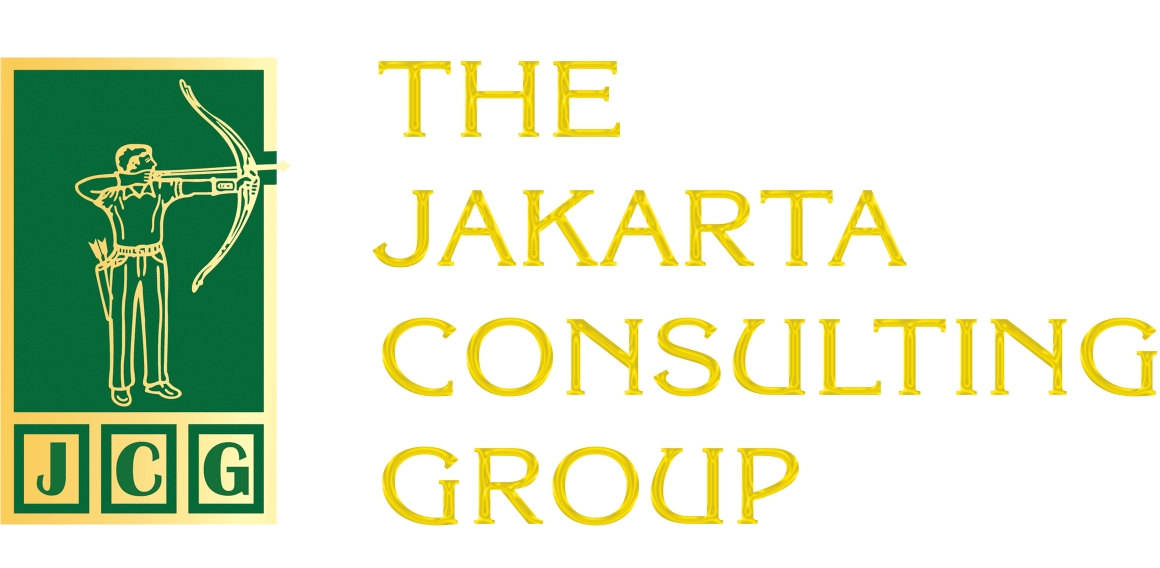The post-Covid world of work is characterized by the emergence of two seemingly opposite career styles: those who remain loyal and those who like to explore. However, entering 2025, a new phenomenon has emerged that blurs the line between loyalty and compulsion: job hugging.
Job Hopping: A Career Strategy with High Mobility
Let’s first understand the following terms. There is the term “job hopping.” Job hopping is a career strategy of changing jobs within a relatively short period of time (usually 1-3 years). The goals are clear: to get a more significant salary increase; to get a promotion or new responsibilities; to gain experience in more industries and functions; to expand one’s professional network.
The phenomenon of job hopping in the modern world of work is certainly commonplace. In the era of the “Great Resignation,” job hopping was once considered the fastest way to climb the career ladder.
Job Hugging: Staying Put Amid Uncertainty

In contrast, job hugging is the tendency to “cling tightly” to one’s current job. People stay not because they are very satisfied with their job or workplace, but because they are overwhelmed by fear and uncertainty about opportunities outside. This is a pragmatic choice amid economic uncertainty in the modern world of work. The resignation rate in the United States stood at 1.90 percent in August, down 2 percent from July 2025.
This is according to data from the US Bureau of Labor Statistics. This low figure does not necessarily indicate the success of company retention programs, but could be a symptom of stagnation and employees’ fear of leaving. A survey by Glassdoor even reported that 65 percent of professionals feel “stuck” in their current positions.
Some of the main factors driving this job hugging include:
- An uncertain economic environment. The threat of recession and high cost of living make job security in the modern workplace more valuable than the risk of trying new opportunities.
- Reduced financial incentives. The salary increases that used to come with changing jobs are not as significant as they once were, so the incentive to jump ship has diminished.
- Many companies are not aggressively recruiting but are also reluctant to carry out large-scale layoffs, creating static conditions. It seems that the era of large-scale layoffs is coming to an end.
- Concerns about artificial intelligence (AI) disruption. Uncertainty about the impact of artificial intelligence and automation makes employees think twice before moving to another company.
- Generation Z, which is starting to enter the job market in large numbers, no longer has the high mobility it once had. They prefer stability.
What are the risks?
Both job hugging and job hopping have their own risks. If you are too “loyal” (job hugging), your career and skills can stagnate. Your network and insights will also be limited. Employees lose the opportunity to learn new cultures and work systems from other companies. This is very detrimental to professional development in the world of work.
Another risk is that it is difficult to read the signs of industry change if you only look at it from one perspective. Even your bargaining position weakens. Without offers from outside, negotiations for salary increases or promotions become more difficult.
As for job hopping, the risks faced are being considered a job hopper, or disloyal. In the eyes of recruiters, a resume full of short stints can be seen as a sign of instability. In addition, every move requires adjustment to new systems, cultures, and co-workers. This is prone to causing stress.
Frequent job changes can also make it difficult for someone to become an expert in a specific field because they have not spent enough time mastering it. In a sluggish job market, new opportunities may not be as plentiful as expected, making the decision to move very risky.
The Middle Ground: A Wise Choice

When it comes to careers, everyone has their own preferences.
However, if you want to improve your situation in today’s dynamic and uncertain job market, combine the best of both worlds: be loyal but not stagnant. Don’t close the door on exploration, but keep your goals in mind.
Here are some strategies you can use:
- Employees can look for opportunities for division rotations, cross-functional projects, or side roles to enrich their experience without having to leave.
- If you still want to job hop, plan the timing and frequency. For example, move every 3-5 years. This way, there is an opportunity to explore new skills and roles.
- For companies, open up clear internal career paths so that employees can “move” without leaving the organization.
- Take training, mentoring, and get involved in new projects to maintain enthusiasm and competence.
- Ask yourself regularly: “Am I staying here by choice or by necessity?”
Implications for Companies
For companies, the phenomenon of job hugging in the modern workplace is a signal to make changes. Don’t be too proud of low turnover rates. This is not necessarily a sign of satisfaction. Employees may be staying because they have no other choice.
Measure engagement, not just attendance. Focus on metrics such as employee engagement, career aspirations, and job satisfaction.
Develop a culture of transparency and internal mobility. Employees should feel safe discussing their future and see a clear path for growth within the company.
Organizational leaders should lead by inspiring, not intimidating. That way, loyalty is truly formed from the heart, not out of necessity. The biggest challenge for organizations in today’s world of work is to create an environment where employees feel at home because they choose to grow there, not because they are afraid to leave.
#job hugging #job hopping #career #recession #financial incentives #artificial intelligence #Generation Z #risk #networking #turnover #transparency #culture










